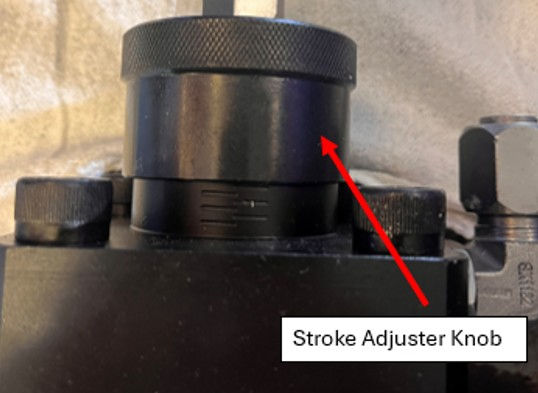Understanding the Basic Operation of a RIM Mix Head
- rtexer
- Aug 8
- 3 min read
A mix head is basically the business end of a reaction injection molding (RIM) or polyurethane foam system — it’s where two (or more) liquid chemicals meet, get blended, and immediately head into a mold or spray nozzle before they start reacting and curing.
Here’s the breakdown of how it works, using polyurethane as an example:
1. Purpose
The mix head’s job is to:
Precisely meter the correct ratio of chemicals (e.g., polyol and isocyanate).
Mix them very quickly so the reaction starts uniformly.
Immediately send the mixture into the mold or spray area before it gets too viscous.
2. Basic Operation
Most industrial mix heads are high-pressure impingement mixers or mechanical mixers:
High-Pressure Impingement Mix Heads:
Separate inlets: Each chemical stream comes from its own pump through separate lines into the mix head.
High pressure: Usually in the range of 1,200–2500 psi.
Mix chamber: The streams shoot into a small chamber at high velocity, hitting each other (“impingement”) and instantly blending on a molecular level.
No moving parts in chamber: Mixing is purely from the collision and turbulence.
Self-cleaning piston: When the shot is done, a hydraulically driven piston slides forward to wipe the chamber clean and seal it off.
3. The Shot Cycle
Recirculation mode – chemicals flow through the head back to the tanks, staying isolated from each other until needed. This also allows for the chemicals to have uniform temperature at all times.
Shot start – Pour Piston retracts, allowing chemicals to enter mix chamber.
Mixing – chemicals impinge for the exact shot time.
Discharge – mixture flows directly into mold or spray nozzle.
Shot stop - actuator extends the Pour Piston, stopping the impingement of chemicals and returning them to recirculation flow.
Clean-out – Cleanout piston pushes forward, ejecting any residue remaining
MHR TriTilt Shot Operation
4. Variables
Mix Heads are typically equipped with several adjustments that can affect the quality of the end product:
Orifice Injector Needle Adjustments: Typically a threaded set screw or fitting allows the user to move the injector needle in or out, increasing or decreasing the injection pressure of the chemical stream.

Stroke Adjuster: A knob on the back of the cleanout cylinder that allows the user to adjust how far back the cleanout cylinder retracts when taking a shot. This allows for adjustment to the laminar flow of the mixed chemical stream coming out of the mix head. Ask us about documented procedures for adjusting the Stroke Adjuster.

Hydraulic Pressure: Hydraulics should be kept at a minimum viable pressure that allows for the continuous operation of the mix head without the cleanout rod getting seized up.
Shot Time: Typically controlled by a recipe on the PLC, the shot time controls the total amount of fluid dispensed when called for.
5. Types of Mix Heads
There are multiple variations of mix head designs:
Straight Mix Heads: Have only one hydraulic piston actuating a rod back and forth. When retracted, the chemicals are allowed to meet and dispense out the end of the mix head. When the rod extends, the flow of chemical is shut off, the chemicals begin to recirculate, and the remaining material is ejected from the mix bore.

L-Heads: Have one piston known as a "Shot" or "Pour" piston, and one piston for Cleanout. The Pour Piston, when extended, causes the chemicals to recirculate. When retracted, the materials are allowed to mix. (See video above)

Reach out to us at MHR if you need assistance understanding or troubleshooting your Mix Head. We also have a wide range of replacement parts, Mix Heads, Pumps, and related RIM equipment readily available to help keep you running!





Comments